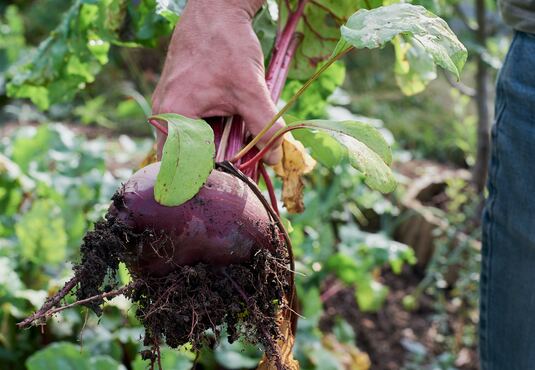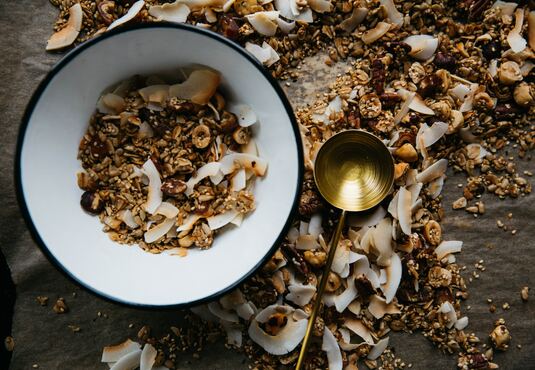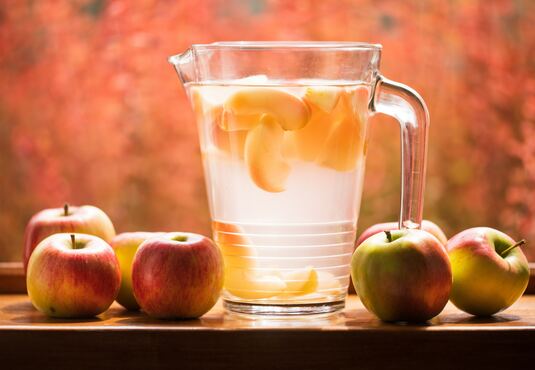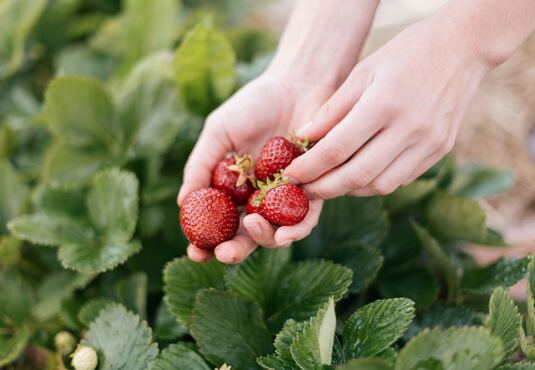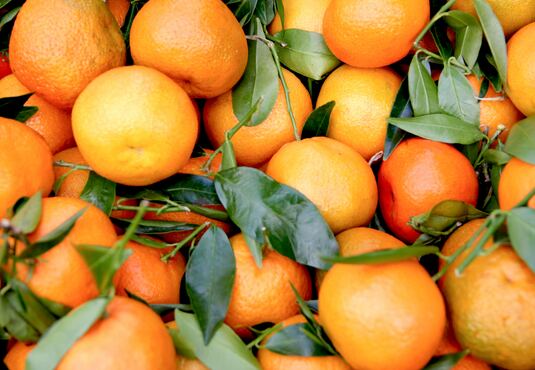
What about tea?
Tea is considered one of the oldest beverages of mankind, with China as the country of origin. If the legend is true, then tea has been drunk there for almost 5000 years. At that time, the Chinese emperor Shen-nung (ca 2700 BC) is said to have discovered the drink by pure chance. A gust of wind happened to blow a few leaves into a kettle of boiling water - it turned golden and turned out to be wonderfully aromatic. The many tea cultures that developed in the Asian or Oriental regions, as well as in England, are well-known history.
Not all tea is the same
Strictly speaking, "tea" is only the infusion of leaves, buds, flowers and stems of the tea plant "Camellia sinensis", which is cultivated in tropical and subtropical regions and at altitudes of up to 2500 meters. Infusions made from other plants, such as herbal or fruit teas, are usually referred to colloquially as tea - but "tea-like beverages" would actually be the correct name for them.
To obtain 1 kilogram of tea, about four kilograms of fresh tea leaves must be picked, and this is best done by hand. Fermentation (oxidation or fermentation) is crucial for the production of black tea. Rolling and crushing the tea leaves causes cell sap to escape. The enzymes contained convert the green leaf chlorophyll into black dye and the tea develops its characteristic aroma. For green tea, the enzymes are inactivated by hot steam so that no fermentation takes place and thus the color is preserved.
The art and care in cultivation and production as well as the climate or location of the tea plantation also determine the quality, character or name of the tea (e.g. Darjeeling from the Himalayan region, Assam from northeast India, Ceylon from Sri Lanka).
Stimulating or calming?
The reason why black and green teas have a stimulating effect after a short brewing time and a relaxing effect after a longer brewing time is that the tea leaves release the stimulating caffeine in the first two to three minutes after brewing. Only then do the calming tannins dissolve and pass into the water. Tea brewed for longer tends to taste bitter, but has a soothing effect on the stomach and intestines.
A stimulant and even more ...
Depending on the variety and preparation, tea contains about half as much caffeine (formerly known as teein in tea) as coffee. It promotes the ability to concentrate and react and has a stimulating and invigorating effect in tea, but without burdening the cardiovascular system. The tannins, which are also present, bind the caffeine and thus ensure that the body absorbs the caffeine more slowly. The stimulating effect sets in later but lasts longer.
Green tea in particular also contains the amino acid L-theanine, which has a calming effect and, according to scientific studies, together with caffeine could be responsible for the seemingly contradictory effect: a state of relaxed alertness. Who would not like to have this ...?
In addition, tea contains many other ingredients. Noteworthy are the high amounts of fluoride, which strengthens tooth enamel. Tea drinkers take in an average of 1 to 2 mg of fluoride with one liter of tea, depending on the variety - that is up to 50 percent of the recommended daily requirement for an adult.
Polyphenols (secondary plant compounds such as tannins, flavonoids and catechins) also influence the taste and color of tea. They have an antioxidant effect and therefore protect against cell damage. They inhibit inflammation and, when consumed regularly, can help reduce the risk of cardiovascular disease and cancer. This is especially true for the group of catechins, which are mainly found in green tea.
Almost everyone is probably also familiar with the relief of stomach and intestinal disorders provided by the household remedy black tea - assuming a long brewing time of ten minutes and thus a high content of tannins.
Bad with meals?
The polyphenols in tea can bind the iron contained in plant foods in particular and thus inhibit iron absorption in the intestine. Those who have to watch their iron balance are therefore advised not to drink tea with meals. If there is no iron deficiency, nothing stands in the way of drinking tea at the same time. In addition, tea itself also contains iron.
With every cup of tea, you can do your body and mind good. Variety in the types of tea is desirable not only for taste reasons, but also for health reasons.





